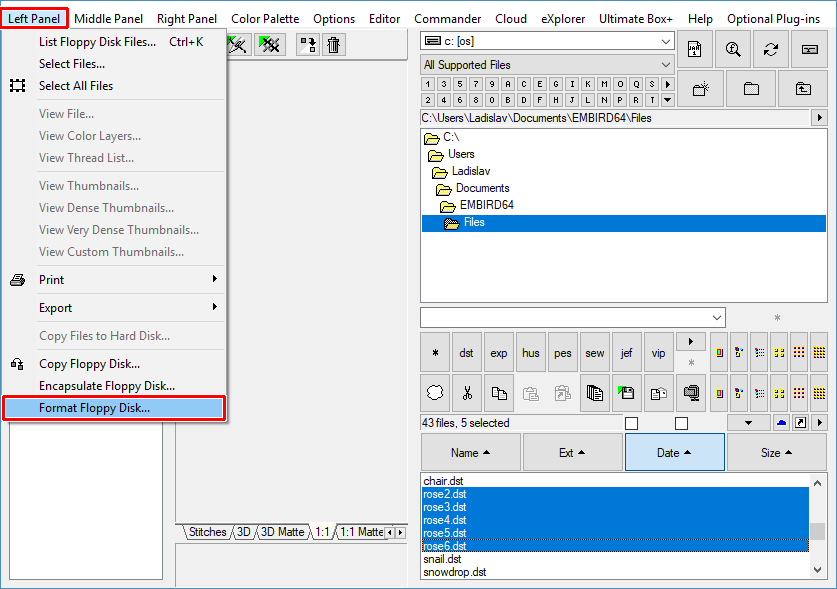

Mixtures of decimal SI-style prefixes and binary record lengths required care to properly calculate total capacity. The amount of capacity lost to this overhead depends on the application of the drive and is beyond the manufacturer's control. The formatted capacities of floppy disks is less than the unformatted capacity, which does not include the sector and track headings required for use of the disk. Also in double density mode the standard MFM encoding was modified from the standard to prevent false header detection in data.ħ20 KB (245 tpi, 80 tracks/side, double-sided, double-density)Ģ1.4 MB (25 MB unformatted), double-sided, 526 cylinders × 40 sectors × 512 bytesĢ1 MB,DS, 755 cylinders x 27 sectors per side x 512 bytesġ20 MB, 1,736 cylinders, 51-93 sectors, 26K to 47 KB/track ġ44 MB, 1,960 cylinders, 50-90 sectors, RLL, 281,504 sectors Ībbreviations: SS = Single density DD = Double density TD = Triple-density QD = Quad density HD = High density ED = Extra-high density LS = Laser-servo HiFD = High-capacity floppy disk SS = Single-sided DS = Double-sided The RX02 mode is not compatible with other standard drives since the headers are always in single density mode but the data is written in double density mode. Note: "RX02 8-inch Floppy Drive Information". SS = Single Sided SD = Single Density DD = Double Density tpi = Tracks per inch bpi = Bits per inch

SS = Single Sided DS = Double Sided SD = Single Density DD = Double Density N/A = Not Applicable tpi = Tracks per inch bpi = Bits per inchĭigital Equipment Corporation used the following formats on 8-inch disks: This is a list of 8-inch floppy diskette formats as introduced by IBM. This is a list of different floppy disk formats.

8-inch, 5 + 1⁄ 4-inch, and 3 + 1⁄ 2-inch floppy disks


 0 kommentar(er)
0 kommentar(er)
